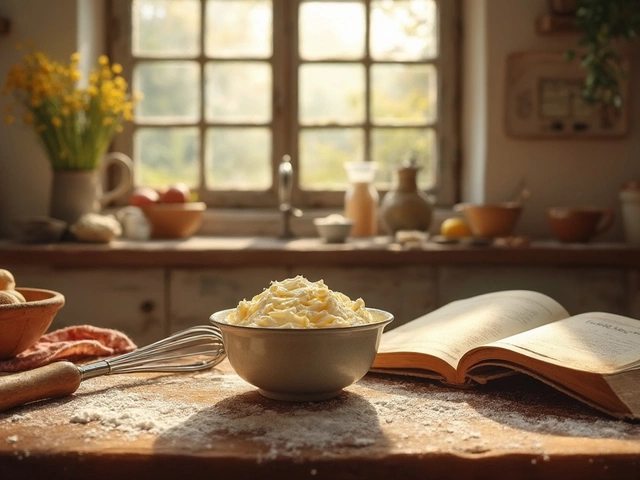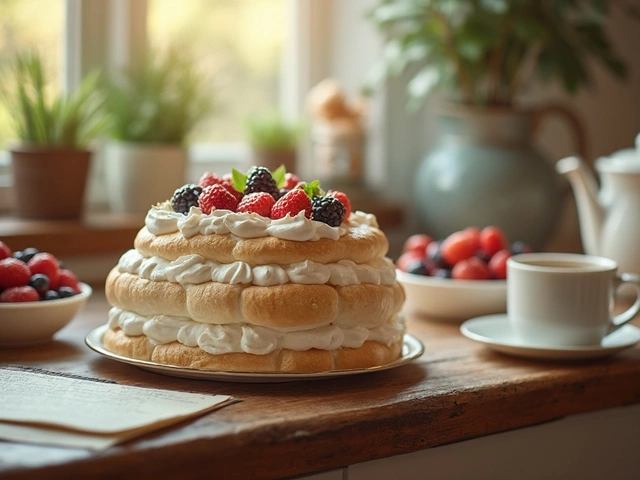Hidden Gluten: Spot It, Avoid It & Bake Safely
Ever bite into a cookie that looks fine, only to get a surprise gluten reaction? It happens because gluten can hide in places you don’t expect. Below we’ll break down the sneaky spots, give you tools to check labels, and share quick swaps so your baked goods stay truly gluten‑free.
Common Culprits That Hide Gluten
First, know where gluten loves to hide. It’s not just wheat flour. Look out for malt, modified food starch, and hydrolyzed vegetable protein. Even “natural” flavorings can contain wheat‑derived ingredients. Pre‑made mixes, like pancake or brownie mixes, often add wheat starch as a thickener. If a product says "contains soy" or "contains dairy," it’s still worth checking the fine print—some soy sauces use wheat, and some dairy powders are processed with gluten.
Another big trap is cross‑contamination. A kitchen that bakes regular and gluten‑free treats on the same surface can leave crumbs everywhere. That’s why many bakers keep a separate set of bowls, spatulas, and even a dedicated oven rack for gluten‑free baking.
Simple Steps to Keep Your Kitchen Gluten‑Free
Start with a quick label‑reading cheat sheet. If the ingredient list mentions anything ending in "‑flour" (like rice‑flour, almond‑flour), that’s fine. Anything ending in "‑starch" could be a problem unless it’s clearly labeled corn or potato starch. When in doubt, search the product name online for a gluten‑free confirmation.
Set up a gluten‑free zone. Use a separate cutting board, a dedicated set of measuring cups, and a clean silicone baking mat. Wipe down counters with a damp cloth before you start. For ovens, line the rack with foil or a dedicated baking sheet to catch stray crumbs.
Swap in a few easy replacements. Use oat flour (make sure it’s certified gluten‑free) instead of all‑purpose flour in quick breads. Replace wheat‑based breadcrumbs with crushed gluten‑free crackers or cornflakes. For thickening sauces, blend a bit of cornstarch with cold water—no hidden wheat there.
Our tag page pulls together a bunch of posts that help you stay on track. Want to know how to store brownies so they stay fresh without sneaky gluten? Check the "Where to Store Brownie" article. Curious about vegan candy that’s truly gluten‑free? The "Vegan Candy Guide" breaks it down. And if you’re tackling a big dessert like a macaron tower, the "Macaron Size Guide" offers tips that work for gluten‑free versions too.
Finally, test your finished treats. A quick bite test (if you’re not allergic) or a gluten‑test strip can give peace of mind. It’s a small step that saves a lot of worry.
Hidden gluten isn’t a mystery once you know where to look. Keep these tips in mind, use the right tools, and enjoy baking without fear. Your taste buds—and anyone with gluten sensitivities—will thank you.






